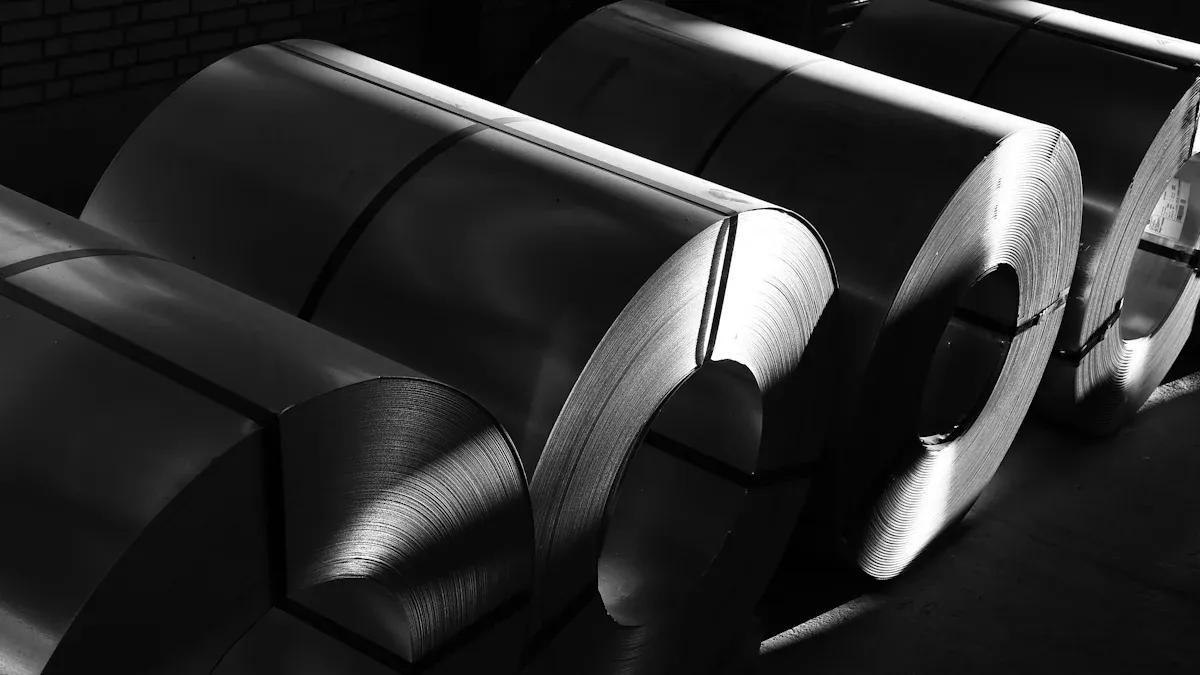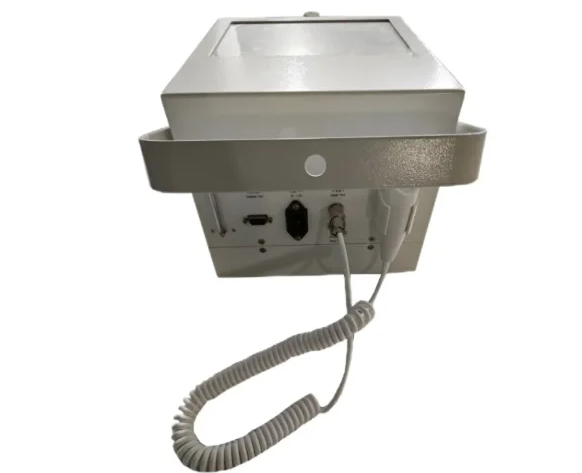
In today's fast-paced business environment, having a reliable and efficient printer is crucial for office work. With a plethora of options available in the market, it can be overwhelming to determine which printer is best suited for your specific office needs. In this article, we will explore the key factors to consider when choosing a printer for office work, and provide insights into the top contenders in the market.
- Printing Speed and Volume:
One of the primary considerations for office work is printing speed and volume. A printer that can handle high volumes of printing at a fast pace is essential to maintain productivity. Laser printers are known for their exceptional speed and are ideal for large-scale printing tasks. On the other hand, inkjet printers are more suitable for smaller workgroups or offices with moderate printing needs. - Print Quality:
While speed is important, print quality should not be compromised. The clarity, sharpness, and color accuracy of printed documents can significantly impact the professional image of your office. Laser printers generally offer superior print quality, especially for text documents, while inkjet printers excel in producing vibrant and detailed graphics and images. - Paper Handling and Media Support:
Consider the types and sizes of paper and media your office frequently uses. Some printers are designed to handle specific paper sizes, such as legal or tabloid, while others offer versatile paper handling capabilities. Additionally, if your office requires printing on envelopes, labels, or glossy paper, ensure that the printer supports these media types. - Connectivity and Network Integration:
In today's digital age, seamless connectivity and network integration are essential for office printers. Look for printers that offer various connectivity options, such as USB, Ethernet, and wireless connectivity. Additionally, compatibility with mobile printing technologies, such as AirPrint or Google Cloud Print, can enhance convenience and productivity. - Cost Efficiency:
Office budgets often play a significant role in decision-making. Consider the long-term cost implications of the printer, including ink or toner cartridge expenses, maintenance, and energy consumption. Laser printers generally have higher upfront costs but offer lower cost per page in the long run, making them more cost-efficient for high-volume printing. Inkjet printers, on the other hand, are more affordable initially but may incur higher ongoing costs. - Additional Features:
Some printers come with additional features that can enhance office productivity. Look for features like automatic duplex printing (printing on both sides of the paper), document scanning, copying, and faxing capabilities. These features can streamline workflow and reduce the need for separate devices, saving both space and money.
Conclusion:
Choosing the right printer for office work requires careful consideration of various factors, including printing speed and volume, print quality, paper handling, connectivity, cost efficiency, and additional features. By assessing your office's specific needs and weighing these factors, you can make an informed decision that maximizes productivity and meets your budget requirements.



